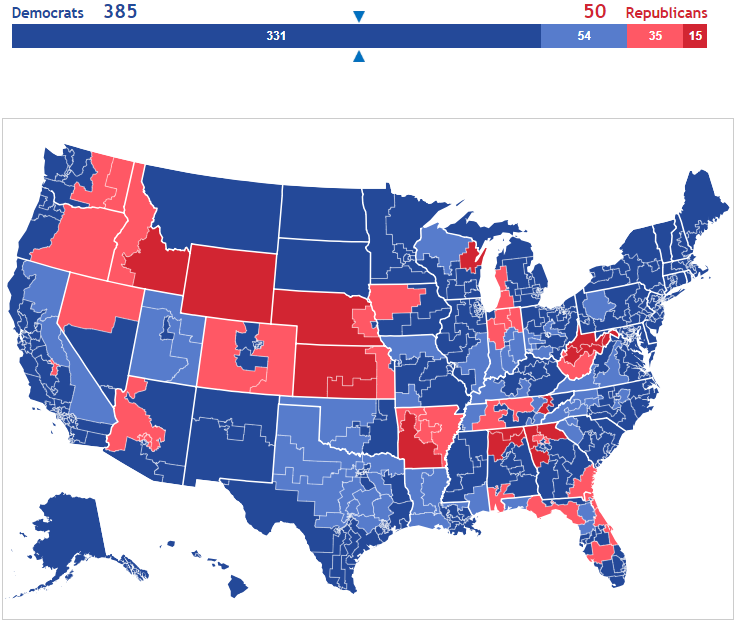

Thus far in 2022, only 15 incumbents have lost their primaries. The increase in the number of challengers, however, does not change the basic fact that incumbents almost always win their primaries. Today we see far right, Trump Republicans seeking to remake the Republican party from within and more progressive Democrats doing the same in their party.Įlaine Kamarck and Alexander R. This trend is testament to the increasing polarization of our politics, the increasing strength of factions within each political party, and the realization that contesting primaries was a very cost-effective way of changing political parties. From 2010 on, the number of incumbents facing a challenge has remained high.

Those numbers remained largely stable until 2010 when nearly 50 percent of Republican House incumbents faced a challenger. In that first decade of the 21 st century, the Tea Party and then the MAGA forces did not exist and the Bernie Sanders movement in the Democratic Party had not gained the strength it had a decade later. In 2004, for instance, only 25 percent of Democratic House incumbents and 20 percent of Republican House incumbents had a primary challenge. The trend seems to be that incumbents are getting challenged in primaries more often. Thus, 284 incumbents or 64% of the seats where incumbents were up for election faced one or more primary challengers. In 2022, 162 incumbent members of Congress ran for re-election without facing a primary challenger. In contrast to the 2018 primaries, there were more Republican candidates in 2022 (1,397 or 59 percent of the total) while in 2018, there were more Democratic candidates than Republicans, which was to be expected since 2018 was predicted to be a good year for Democrats and 2022, for Republicans. This was a small increase (82 candidates) over the number of people who ran in 2018. In 2022 there were 2,362 candidates who ran in party primaries and the non-partisan primaries of California, Washington, Alaska, and Nebraska. Part III will focus on the issues that create the starkest divisions between the parties and within each party. Part II will focus on the political factions within each party along which candidates align. Part I will focus on the kind of people who decide to run for Congress using basic demographic information. This blog post is the first of three reports on the candidates that ran in the 2022 primaries for House and Senate. Incumbents believe that changes in their behavior help defer or defeat primary challengers.Incumbents exaggerate successful primary challenges and.Incumbents believe contested primaries hurt their chances in the general election.Incumbents worry about a primary threat.In a 2018 paper I wrote with James Wallner, we found, based on literature reviews and interviews with incumbents in both parties, that: And yet, members of Congress adjust their behavior to protect themselves against primary challenges. Most congressional primaries are not competitive, and when they are, incumbents win an overwhelming amount of the time. American party primaries present a paradox. Hence, the issues and divisions that appear in party primaries shape outcomes in American politics as much as the issues and divisions that differentiate the two parties. Because, in American politics, for the last two generations, the vast majority of congressional districts are safe for one party or the other, the only race where many members of Congress feel vulnerable is their primary. We have recorded basic demographic information on the candidates, their positions on the issues of the day, and their overall ideological positions within their party. (We did not conduct the study in 2020 given the pandemic-related uncertainties that surrounded politics, especially in the primary season, that year.) In each year of the Primaries Project, we have taken a systematic look at every single candidate who got on the ballot to run for the House and Senate in those years. Here at Brookings, we have studied congressional primaries in four separate elections: 2014, 2016, 2018, and 2022. Those differences tell us a great deal about the constraints under which party leaders will operate in the coming years and can signal small to significant shifts in party orthodoxy. Primaries determine the choices (or lack of choices) voters will have in November, but beyond that, they define the major differences between parties and the all-important major differences within parties. It is difficult to understand American politics without understanding party primaries.


 0 kommentar(er)
0 kommentar(er)
